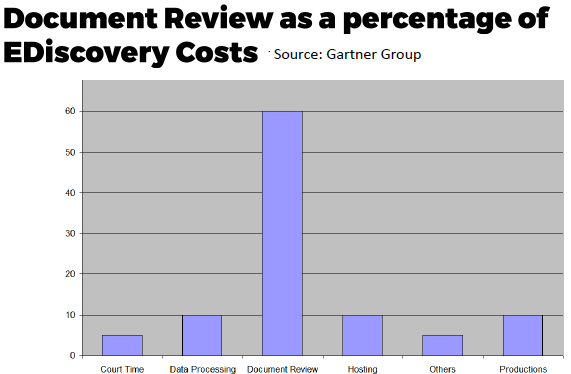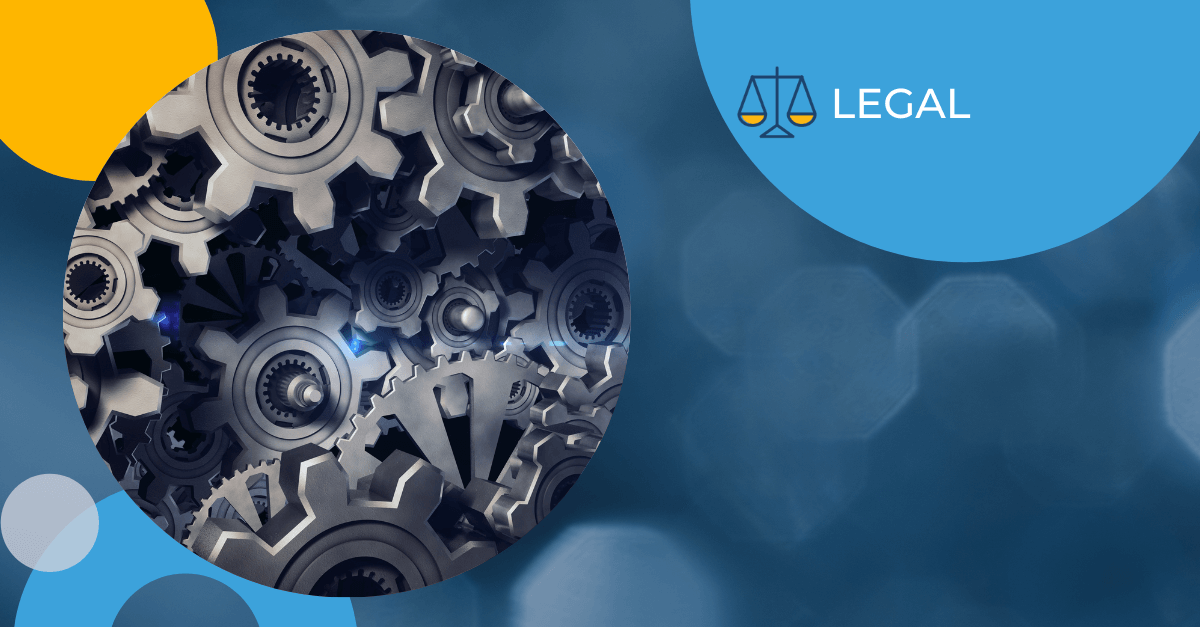Pre-trial discovery is an essential part of fair procedure and due process. To avoid “trial by ambush” the legal teams on both sides of the case are obligated to facilitate a full exchange of all relevant documentation. Discovery, however, is becoming increasingly complex due to the growth of cross-border litigation in our global economy.
Cross-border litigation by its very nature will often involve one or more foreign languages. Dealing with multilingual documents during discovery makes collecting, filtering, reviewing and processing a far more arduous task. As a result, we recommend following the algorithm below to ensure that your law firm is able to complete discovery quickly, accurately and efficiently.
Is it a small volume?
For a small volume of multilingual discovery documents (for example, less than 1000 words that only need to be translated into two languages), the correct action would be full legal document translation of every single page by human translators with legal expertise. Legal translators understand that the language of the source text reflects a specific legal system that must be translated precisely in order to be clearly understood by the target reader, who is often unfamiliar with other legal systems.
Is it a high volume?
When discovery produces large quantities of documents in a wide range of languages, full human translation can be prohibitively expensive. In this case, the best solution is to partner with an experienced translation company that can filter the documents and identify a much smaller set for full human translation. Professional translation services rely on two main options – foreign language document review and machine translation – to undertake this filtering process, and they are not mutually exclusive.
Foreign language document review
The process for foreign language document review is:
- Step 1: The translation agency hires onsite reviewers (e.g. multilingual attorneys and/or professional translators with legal expertise) to apply legal principles of privilege and determine which are the relevant documents.
- Step 2 (optional): For documents whose relevancy is unclear, onsite reviewers can prepare oral or written summaries for review by the internal legal team.
- Step 3: The reduced set of documents deemed relevant to the case undergo full document translation services by qualified human translators.
Machine translation
Here’s how machine translation works:
- Step 1: Scan, OCR and index all the documents and feed them through a machine translator that can determine the “gist” of what each document contains.
- Step 2: Your internal legal team reviews the machine translated documents in order to identify those that are most relevant to the case.
- Step 3: All the relevant documents are translated word for word by qualified legal translators.
A winning combination
As you can imagine, onsite reviewers will be far more accurate and reliable than content produced by machine translation, but they cost more and take longer to produce results. In fact, according to the Gartner data below, document review is by far the single most expensive component of eDiscovery.

A more cost-effective approach is to utilize a combination of foreign language document review and machine translation in the same project. Document types that are more likely to be core to the case – such as contracts, meeting protocols, or licensing agreements – could undergo the more labor-intensive foreign language document review while the rest could go the machine translation route. These are important decisions that the legal team and its trusted translation agency will make — and implement – together.


